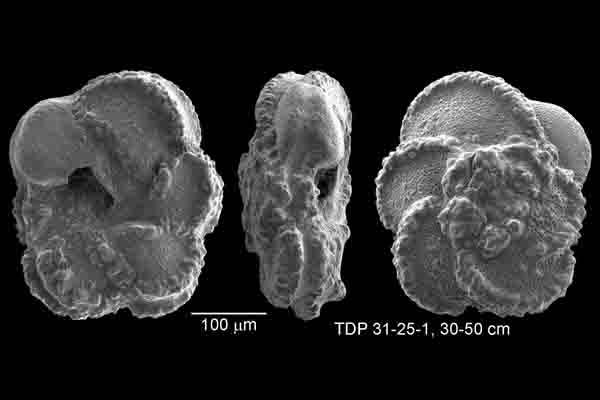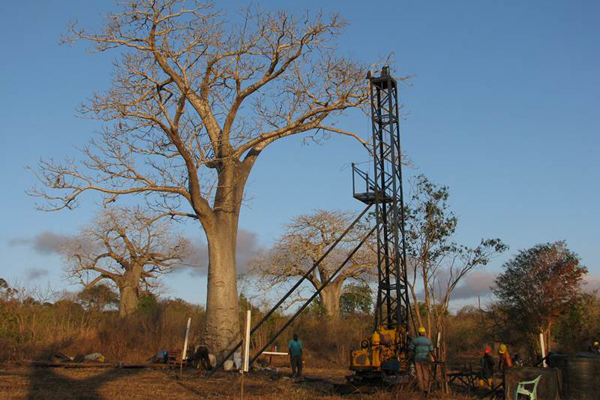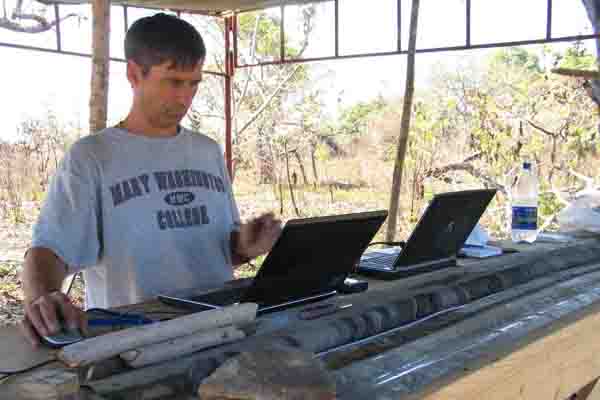How Do You ... Deduce Ancient Climates from Microscopic Fossil Shells?


Brian Huber is curator of planktic foraminifera and Department of Paleobiology chairman at the Smithsonian National Museum of Natural History. This article was adapted from his post on the blog Digging the Fossil Record: Paleobiology at the Smithsonian, where this article first ran before appearing in LiveScience's Expert Voices: Op-Ed & Insights.
Clay-rich marine sediments in southeastern Tanzania contain some of the world's best-preserved fossils of ocean-dwelling microorganisms, including the foraminifera that I use to study ancient climate and ocean systems.
Foraminifera are tiny, single-celled sea creatures with solid shells, and they have lived in the oceans since the Cambrian Period more than 500 million years ago.
To reach the fossils, buried between 66 million and 112 million years ago, my colleagues and I used a drill rig to cut deep into the earth. Despite being buried for so long, the original chemistry of the fossil shells has not been altered. This makes it possible to measure the concentrations of various oxygen isotopes in the shells — data that allow scientists to reconstruct ocean temperatures at the times when the foraminifera lived.
Foraminifera incorporate 16O(oxygen atoms with eight neutrons in their nuclei, the most common isotope) and 18O(less common, but ever-present, heavier isotopes of oxygen with 10 neutrons in their nuclei) into their calcium carbonate shells in a ratio that is proportional to water temperature.
Scientists measure isotope ratios in the fossils by dissolving the shells in acid and analyzing the resulting carbon dioxide gas in a mass spectrometer. We then calculate ancient ocean-water temperatures by inserting the oxygen isotope ratios into an empirically determined temperature equation.
Paleoclimatologists are particularly interested in a period between 94 million and 90 million years ago, when global temperatures were the highest they have been in the last 250 million years. We determined that ocean surface temperatures off the coast of Tanzania ranged from 90 to 95 degrees Fahrenheit (32 to 35 degrees Celsius), which is about 9 to 14 F (5 to 8 C) degrees higher than subtropical surface water temperatures of today.
Get the world’s most fascinating discoveries delivered straight to your inbox.
This "supergreenhouse" world supported the growth of lush forests, large dinosaurs and other temperature-sensitive organisms at both poles. It probably resulted from much higher concentrations of carbon dioxide and other greenhouse gases that were expelled into the atmosphere during a long period of undersea volcanic activity.
Read more about Smithsonian paleontologists' efforts to drill for fossils in How Do You ... Drill for Fossils?
The views expressed are those of the author and do not necessarily reflect the views of the publisher. This article was originally published as From the Field: Core Exercises #2 on the blog Digging the Fossil Record: Paleobiology at the Smithsonian.




